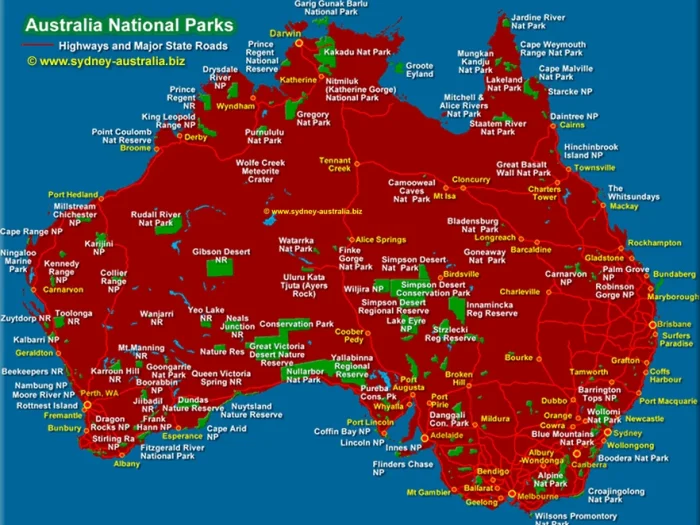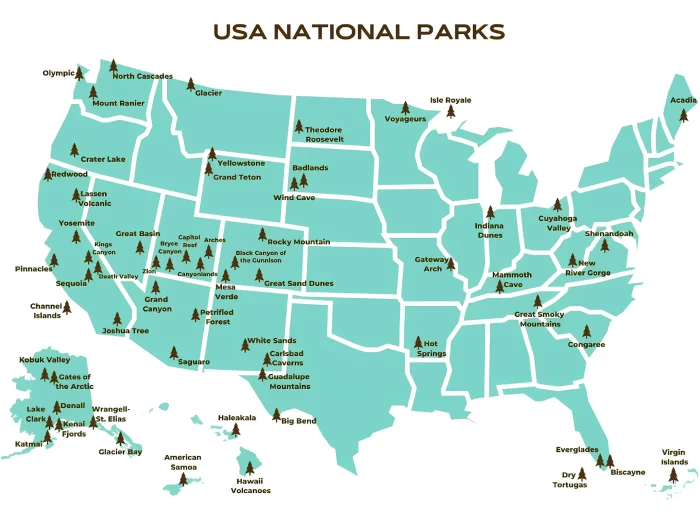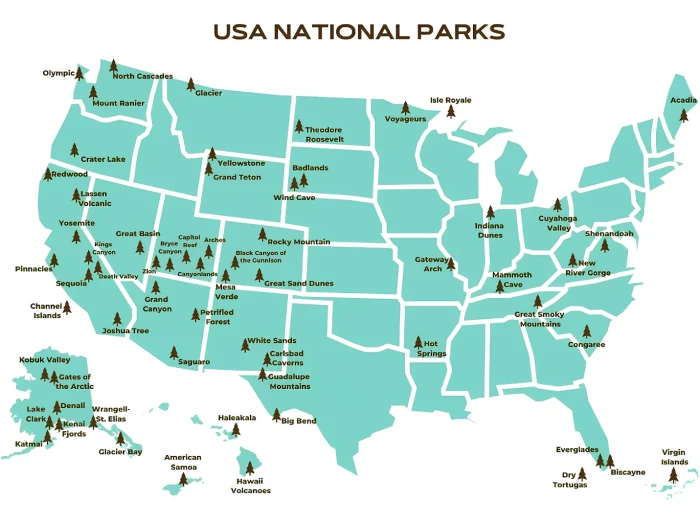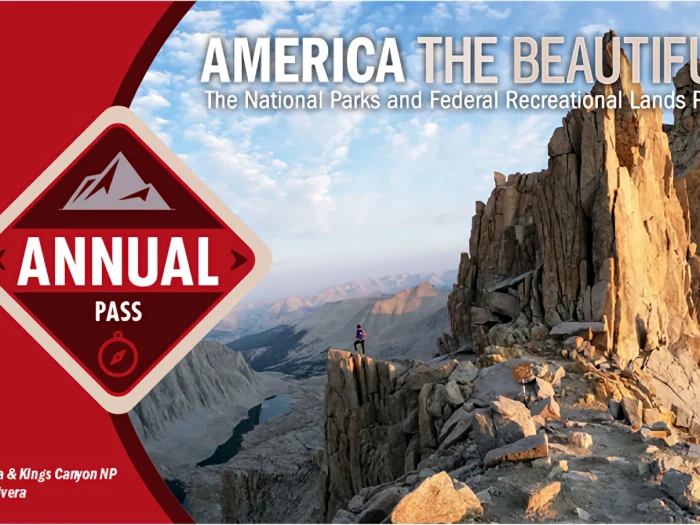When Was Bryce Canyon National Park Established?
Bryce Canyon National Park was officially established on February 25, 1928.
The Path to National Park Status
The process of protecting this unique landscape involved several important steps:
- June 8, 1923: President Warren G. Harding first proclaimed Bryce Canyon a national monument.
- June 7, 1924: Congress passed a bill to establish “Utah National Park,” contingent on the federal government acquiring all land within the national monument.
- 1924-1927: A process of transferring ownership of private and state-held land to the federal government took place.
- February 25, 1928: With land acquisition complete, Bryce Canyon was officially designated as a national park, and the name “Bryce Canyon” was restored (replacing the temporary “Utah National Park” designation).
Park Expansion
After its initial establishment, the park’s boundaries were expanded:
- 1931: President Herbert Hoover issued two proclamations that increased the park to its current size of 35,835 acres.
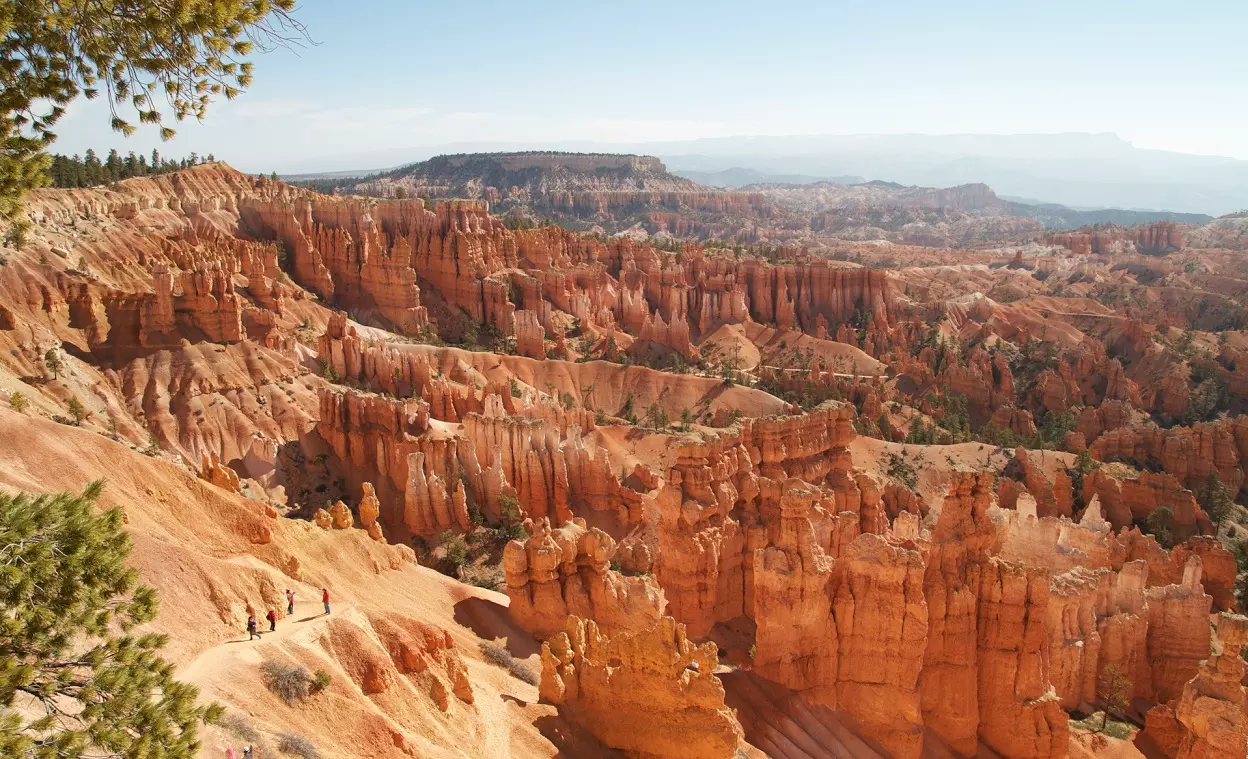
Key Figure in the Park’s Creation
J.W. Humphrey, a U.S. Forest Service Supervisor, played a crucial role in the park’s creation. After being transferred to Panguitch, Utah in July 1915, he was taken to view the eastern edge of the Paunsaugunt Plateau (now Sunset Point). Stunned by the beauty, he worked to make the area accessible to the public and helped promote it through photographs, movies, and magazine articles.
The park was named after Ebenezer Bryce, a Scottish immigrant and Mormon pioneer who homesteaded in the area in 1874. He famously described the amphitheaters as a “helluva place to lose a cow.”
Today, Bryce Canyon National Park is renowned for its distinctive geological structures called hoodoos, formed by frost weathering and stream erosion, and remains one of Utah’s most visited natural treasures.

